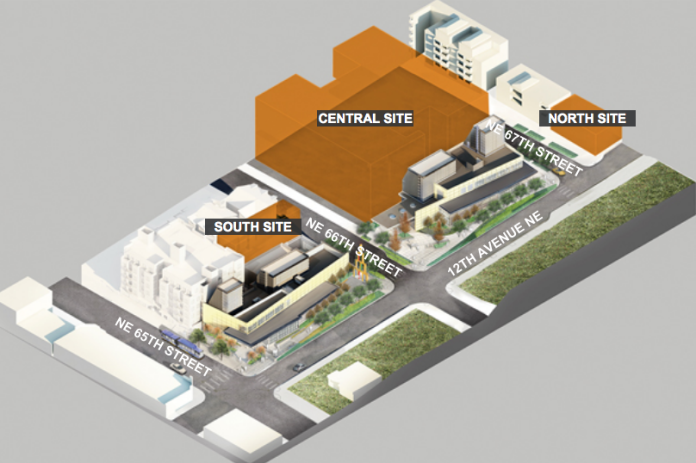Sound Transit held an open house last night in the Roosevelt neighborhood to discuss priorities for transit-oriented development (TOD). The transit agency has three sites that will eventually become surplus once construction of the light rail station is complete. Following on from an initial meeting on the topic in January, the agency collected feedback from the public on what their TOD priorities are through an online survey and series of stakeholder workshops with the cooperation of the Roosevelt Neighborhood Association, which won a Futurewise Smart Growth award for their work.
The new Roosevelt light rail station is planned to open in 2021. The central site, highlighted in red below, will be available for TOD in early 2020. The other two sites, highlighted in yellow below, will be available a year or so later. Zoning on the sites differ–something we covered before–allowing structures between 65 feet and 85 feet in height. That could bump up slightly in the next year or so as Seattle moves forward with planned rezones. Regardless, a consequential amount housing is possible–likely at least 300 units–and plenty of storefronts so the question is how Sound Transit will program the sites.
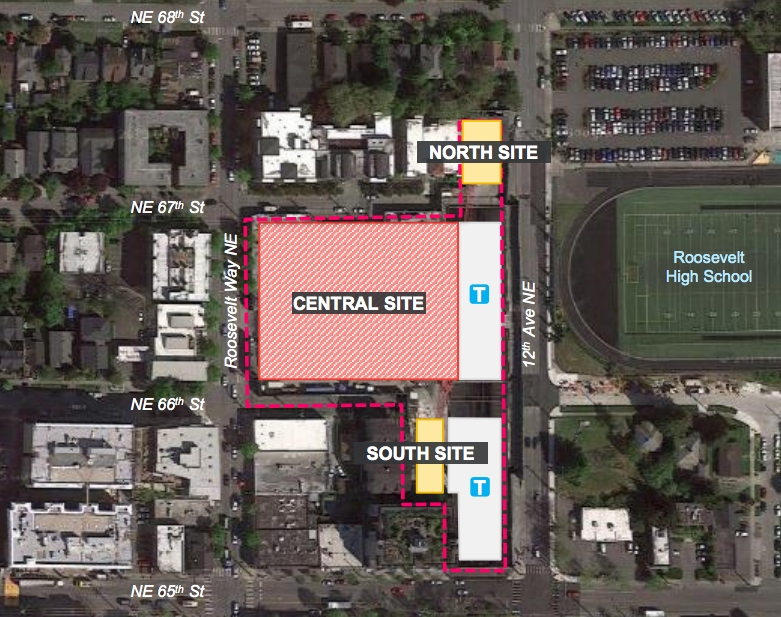
At the first open house, community members provided some key directions to agency staff on ground floor uses and public space. These included some of the following:
- Ground floor uses: a desire for office space, a grocery store, park space, space for a food truck pod, and retail space for a bakery, coffee shop, or minimart.
- Public space: a desire for public art, improved pedestrian crossings at NE 67th St, and wayfinding signage.
Sound Transit also received wide-ranging feedback from their online survey, which picked out priorities for affordable housing, ground floor uses, and open space. In the survey, respondents were able to pick multiple priorities. The highest priorities in each category broke out as follows:
- Affordable housing: Most respondents indicated support creating affordable housing regardless of what population or income level served (67%), but that was closely followed by affordable housing dedicated to families with children (64%). Coming in third was affordable housing targeting seniors and people with disabilities (36%); a much smaller percentage indicated support for homeless and low-income populations.
- Ground floor uses: Topping the list for ground floor use priorities was food and beverage (52%), a clear indication that the public wants restaurants, bars, and cafés. Not far behind were grocery (48%) and general retail (41%) uses. Childcare and preschool (40%) also punched up as a priority in the minds of many.
- Open space: Most respondents (65%) said that high quality pedestrian amenities are necessary for open space, followed by a priority for spaces serving pedestrians and bicyclist (58%) and things like landscaping, trees, and other natural features (50%).
Sound Transit also held three stakeholder workshops, which offered a change to get finer grained details on priorities.
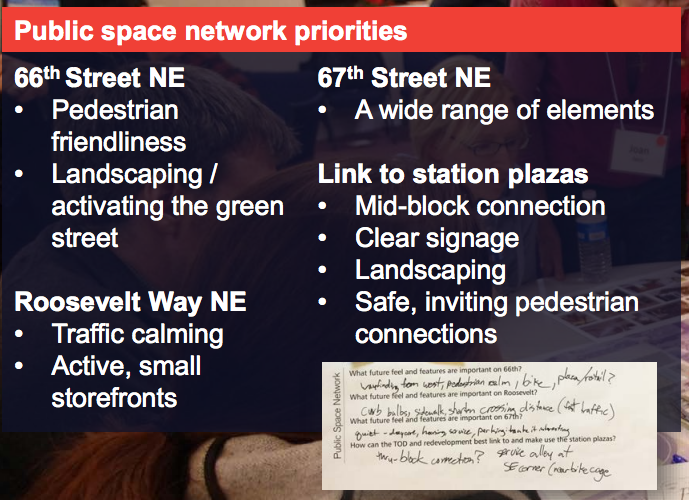
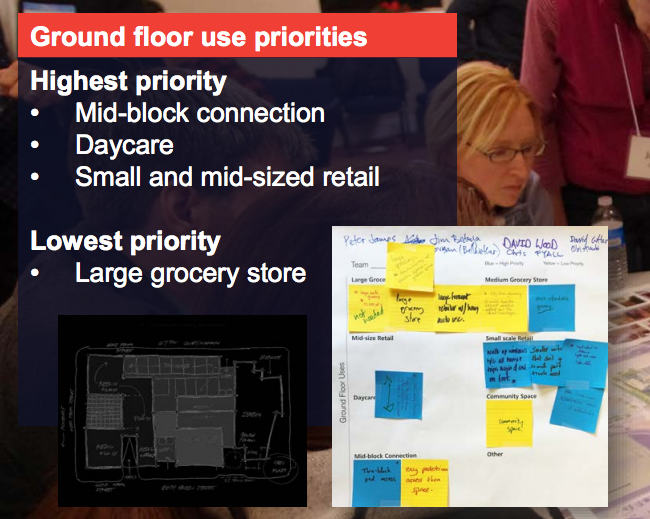
From these priorities, Sound Transit has distilled them down into five principles. Two of those principles are highlighted in the following:
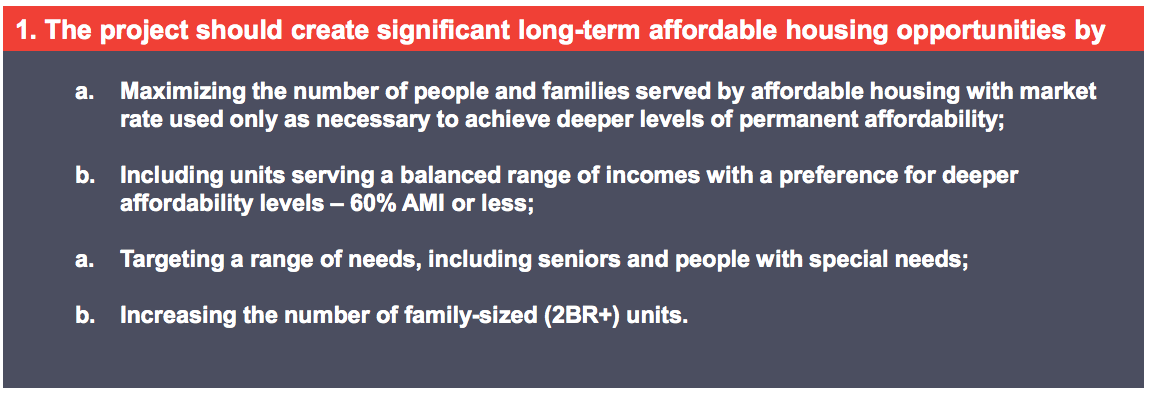
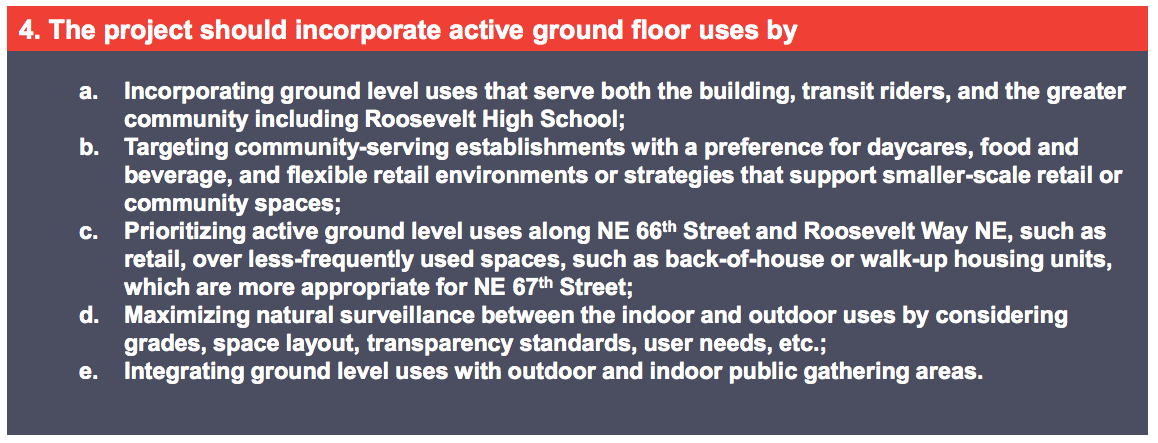
Sound Transit now turns to the next phase of the TOD process, which includes development of a Request for Proposals that development and design firms will be able to respond to. The agency will select one of the submitted proposals allowing the winning team to move forward through a more refined process, similar to the one we’ve seen unfold in Capitol Hill over the past few years. The winning team–which may include a consortium of firms or a single bidder–will then need to get land use entitlements to construct TOD on the surplus station sites. Sound Transit’s timeline suggests a robust but quick process with TOD construction beginning as early as 2020.
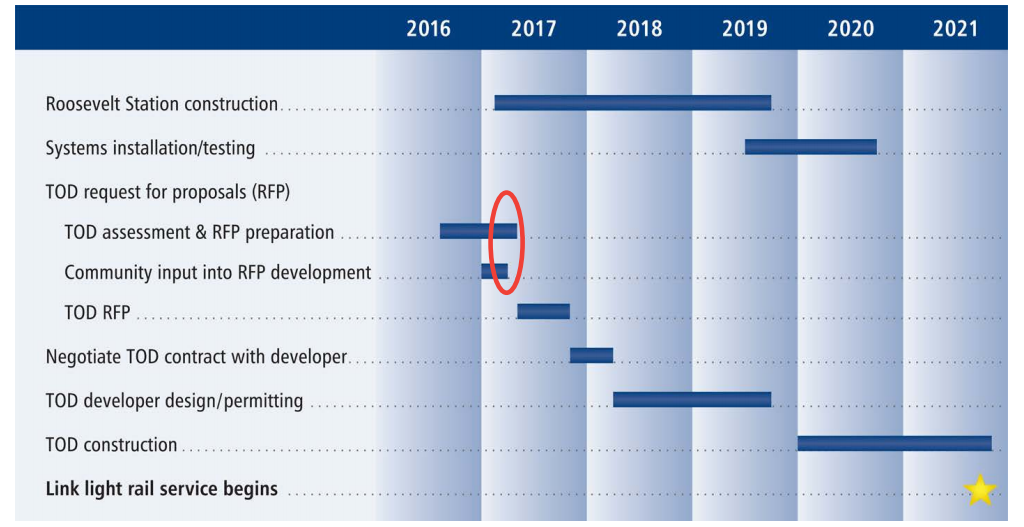
In the next few months, Sound Transit should complete the Request for Proposals and start accepting proposal submissions. By the end of the year, a winning team will be selected and negotiations on a contract will begin. Once that’s finished, a community design process will start, perhaps in early 2019.
Sound Transit – Roosevelt TOD Open House #2 – 03-09-17 by The Urbanist on Scribd
Related Article
Stephen is a professional urban planner in Puget Sound with a passion for sustainable, livable, and diverse cities. He is especially interested in how policies, regulations, and programs can promote positive outcomes for communities. With stints in great cities like Bellingham and Cork, Stephen currently lives in Seattle. He primarily covers land use and transportation issues and has been with The Urbanist since 2014.

